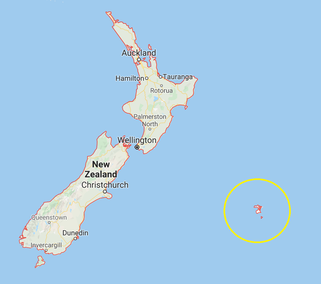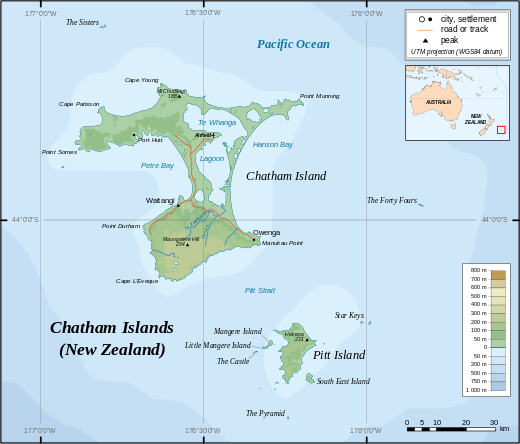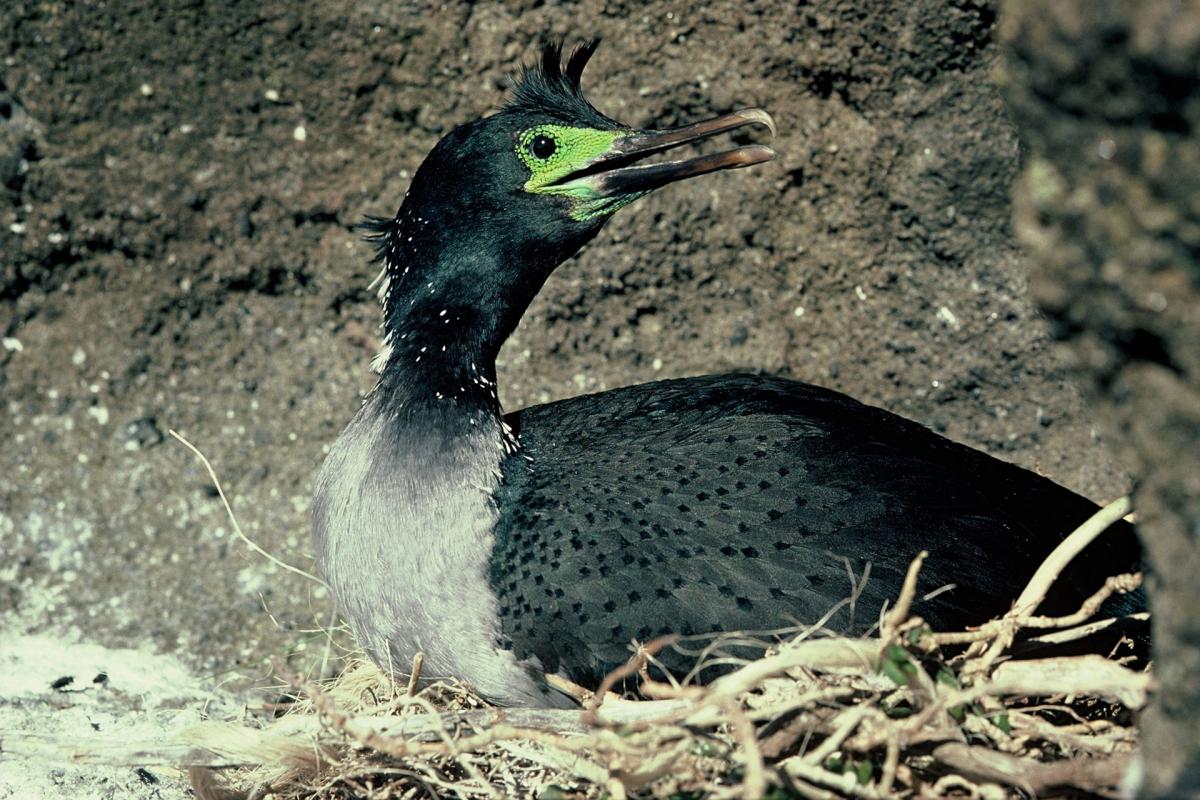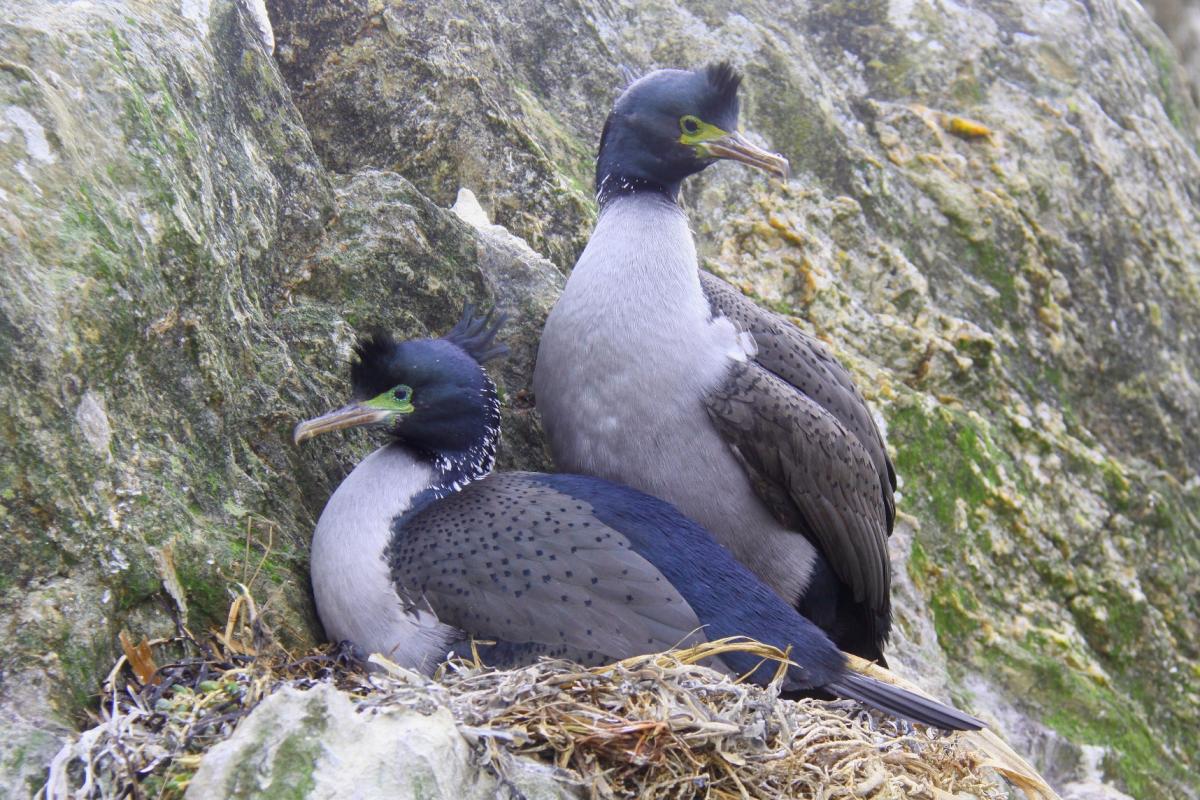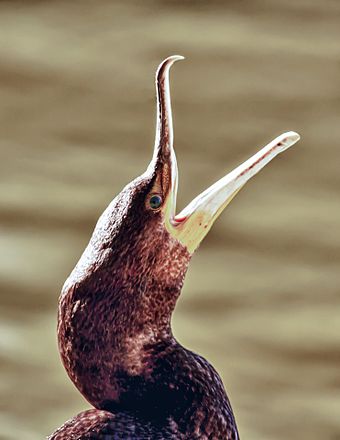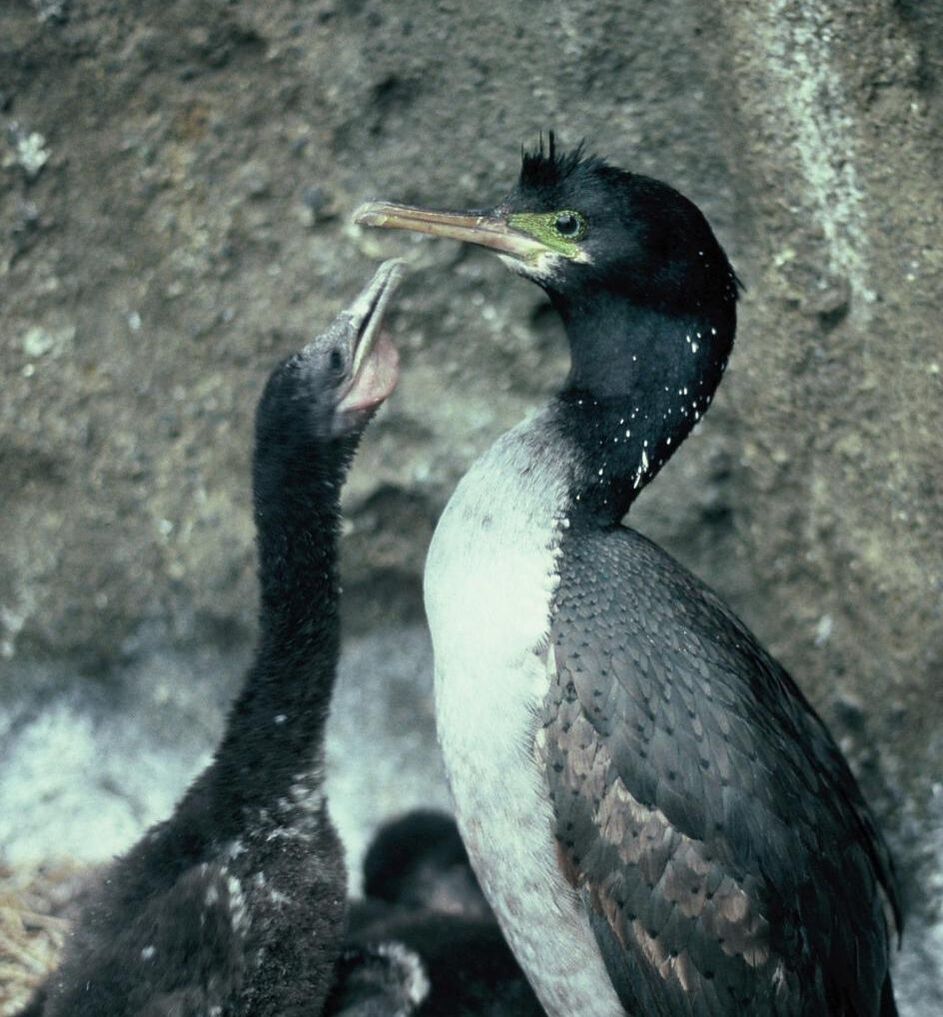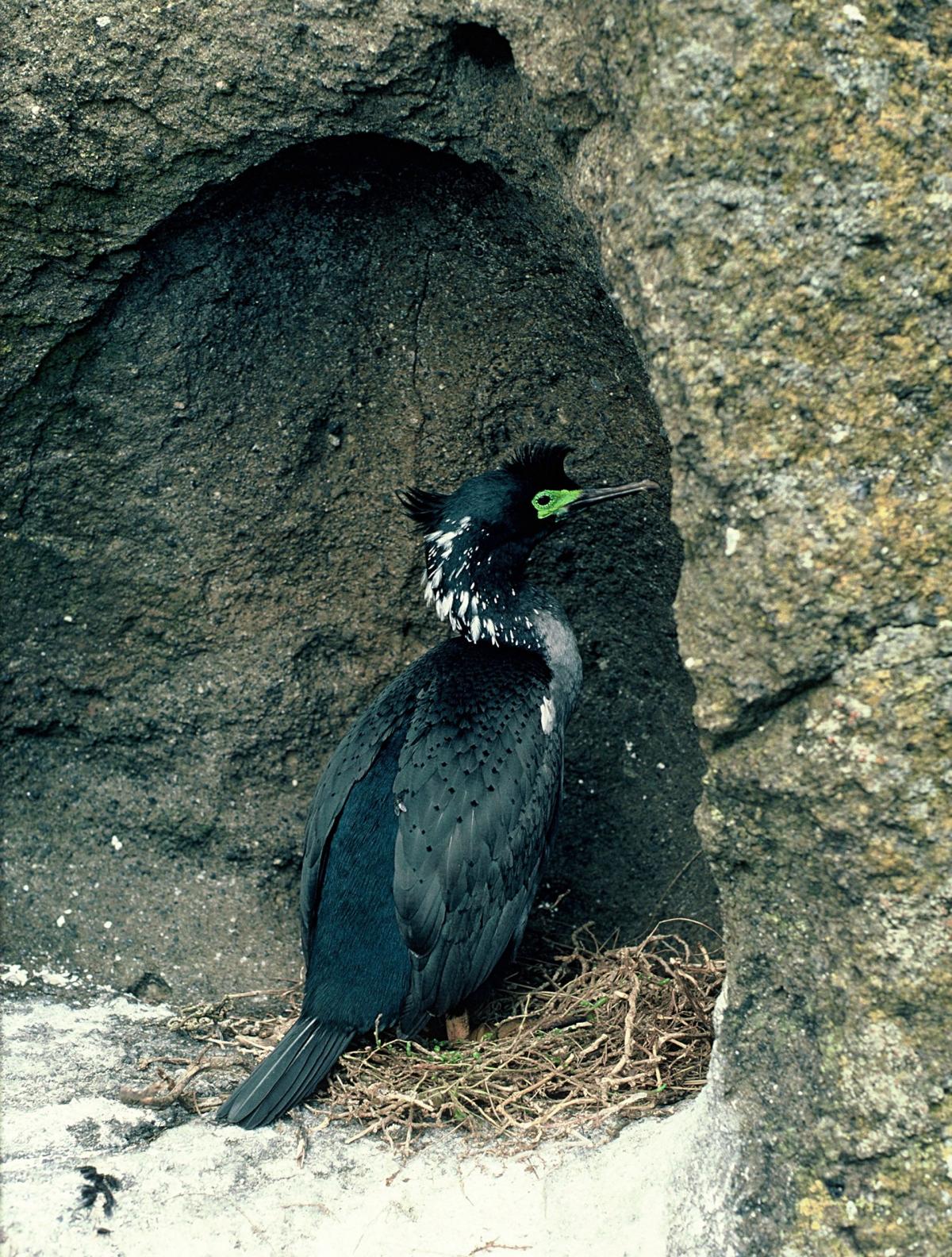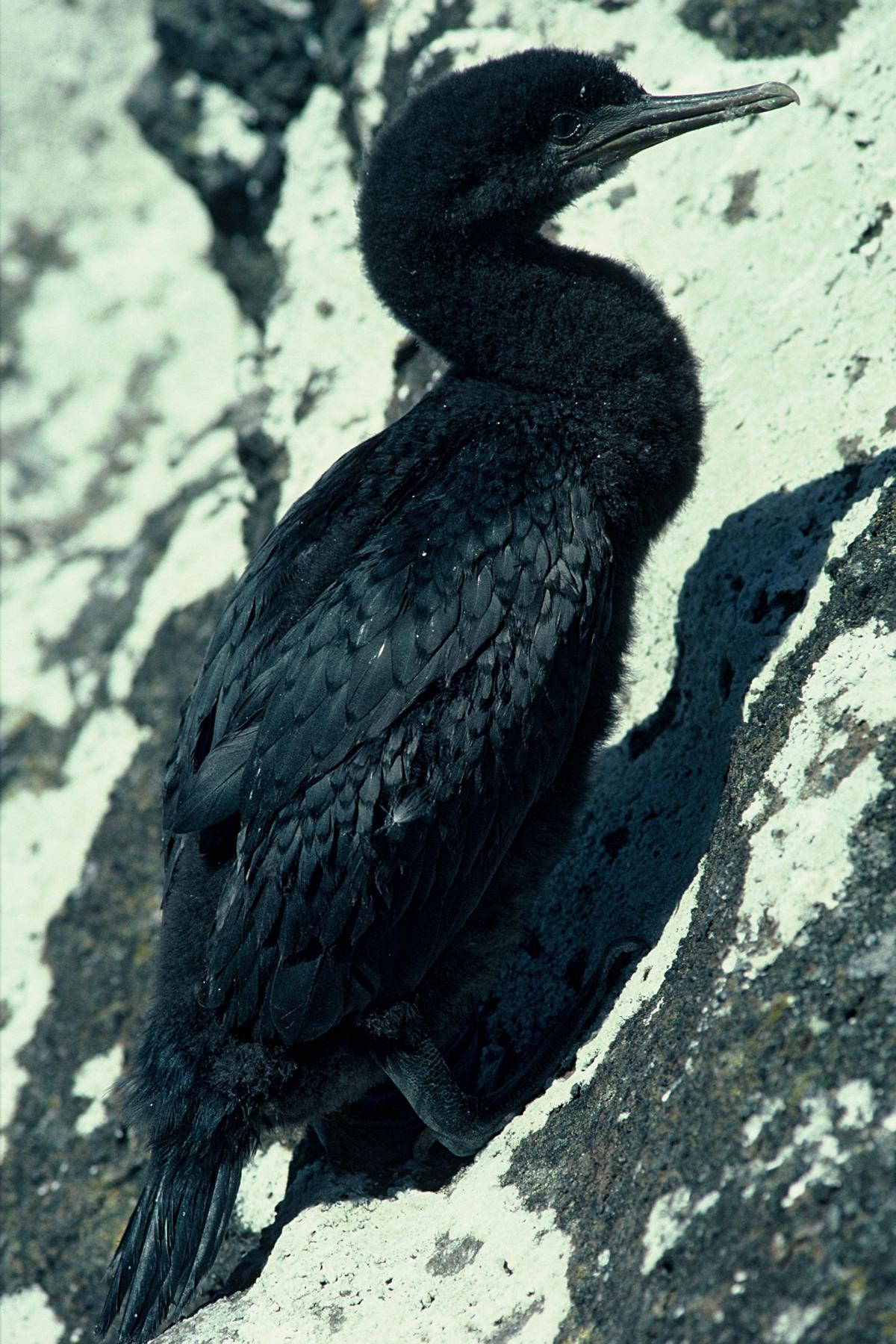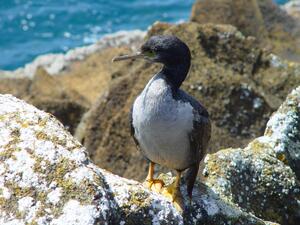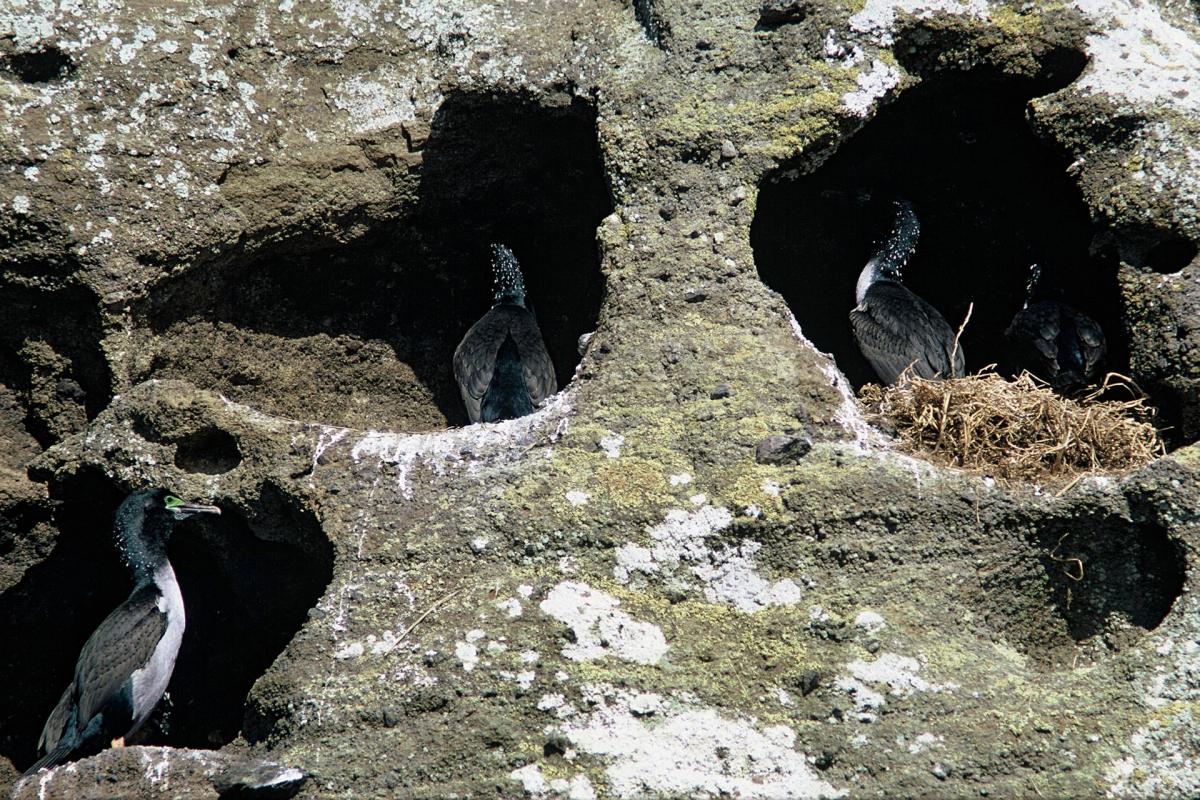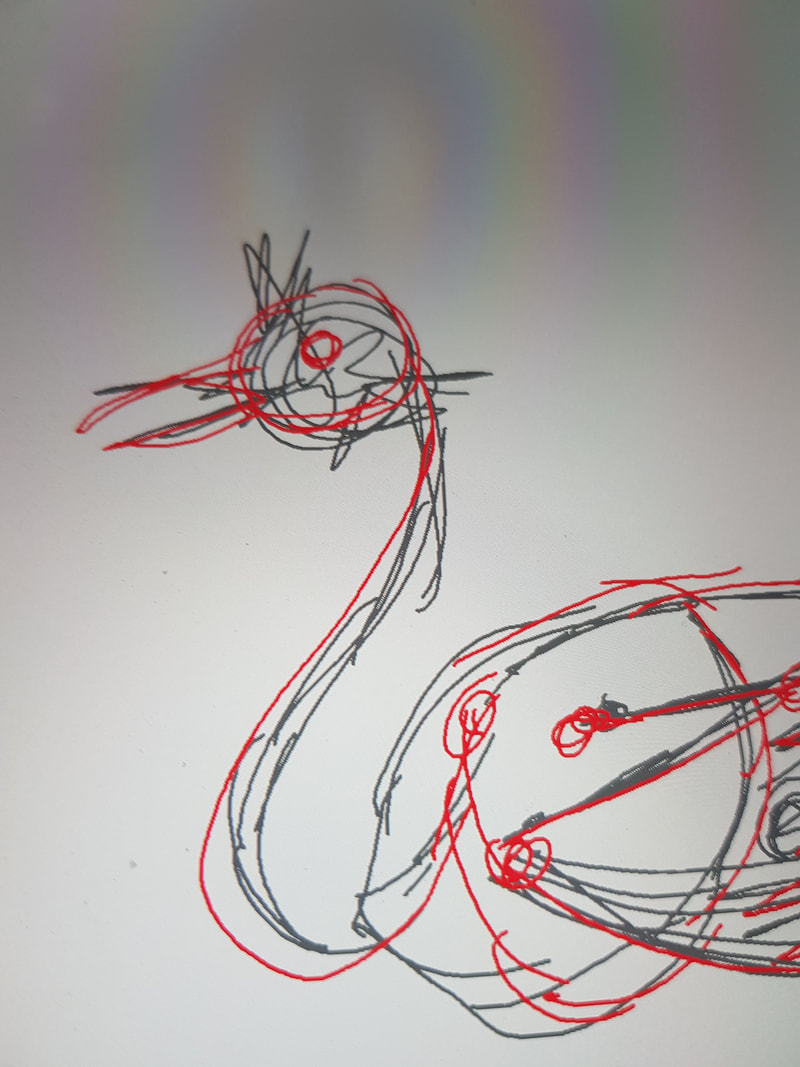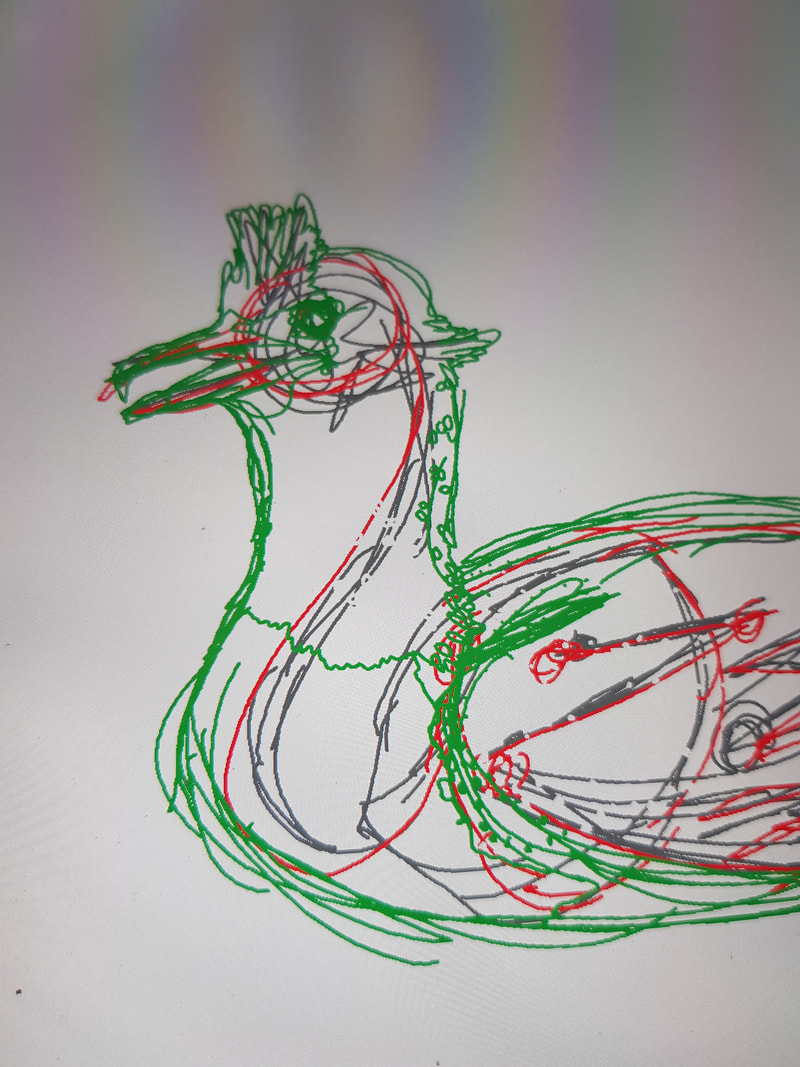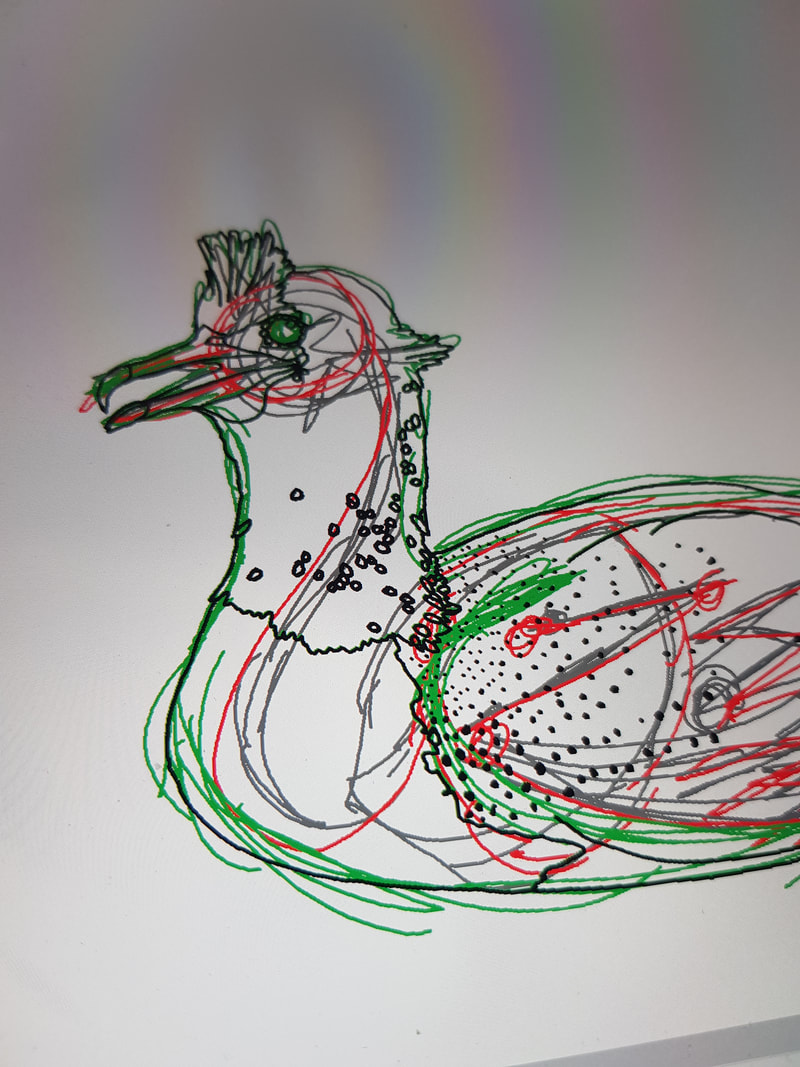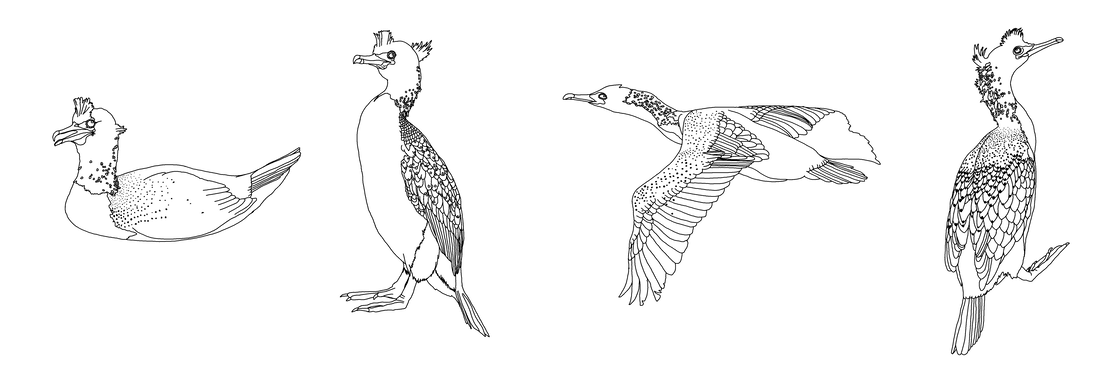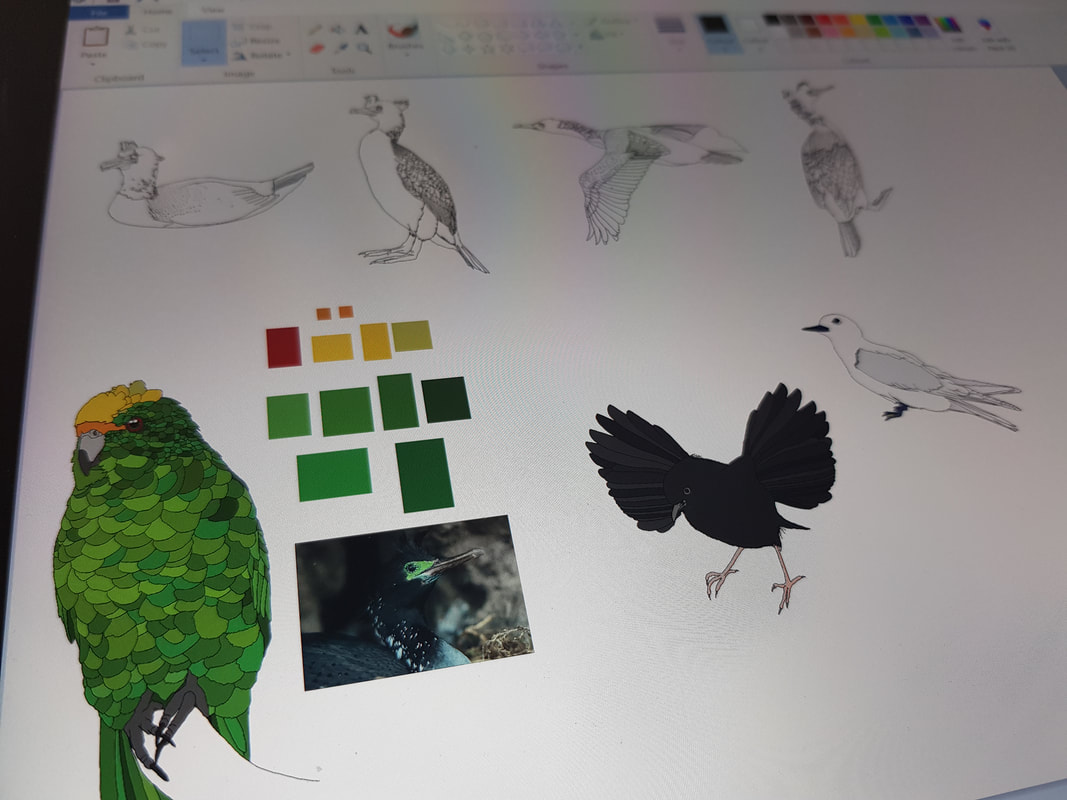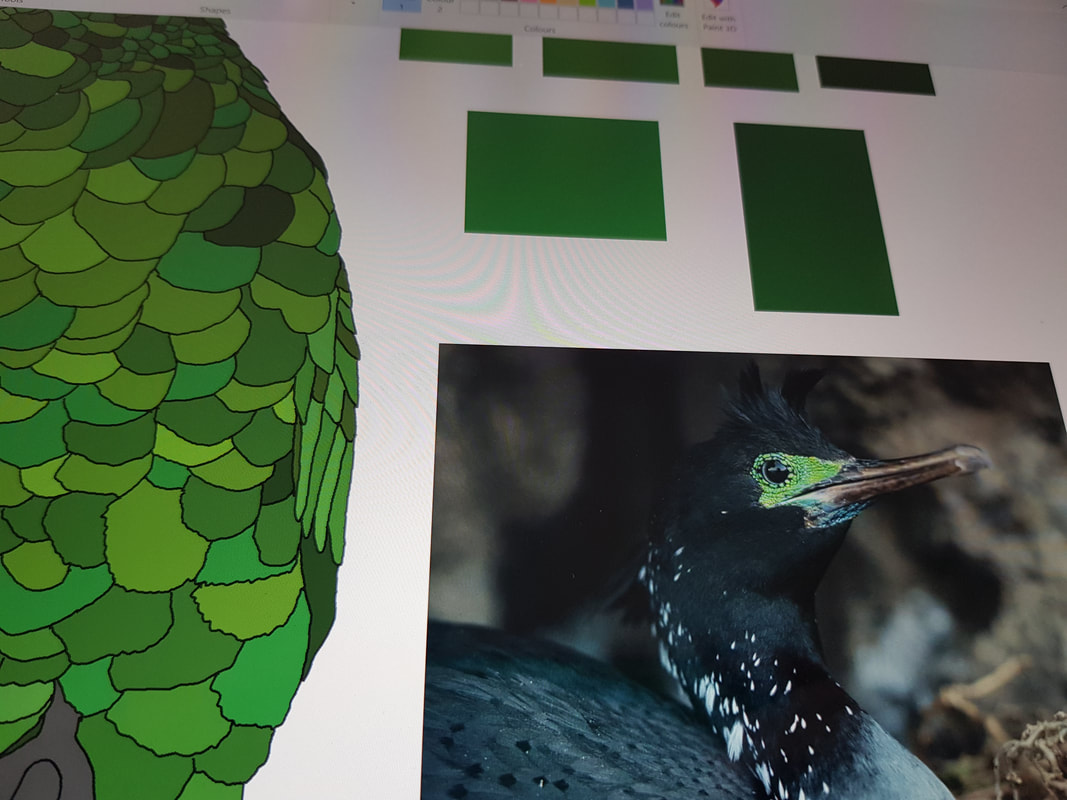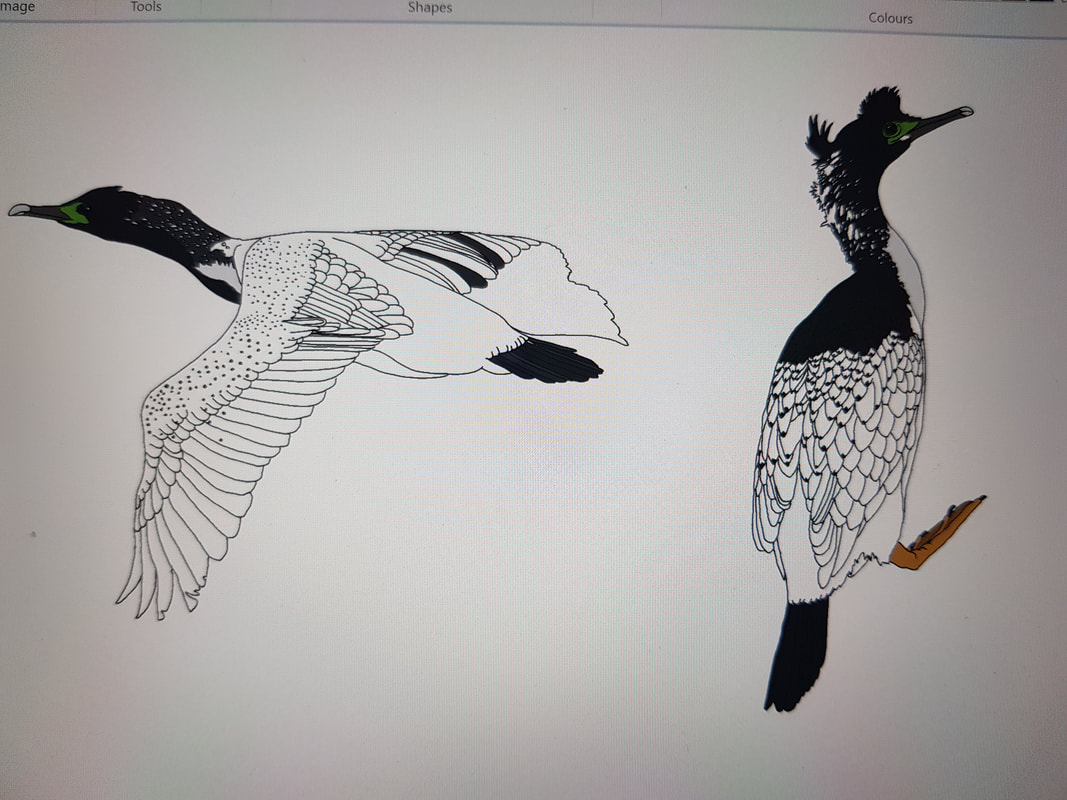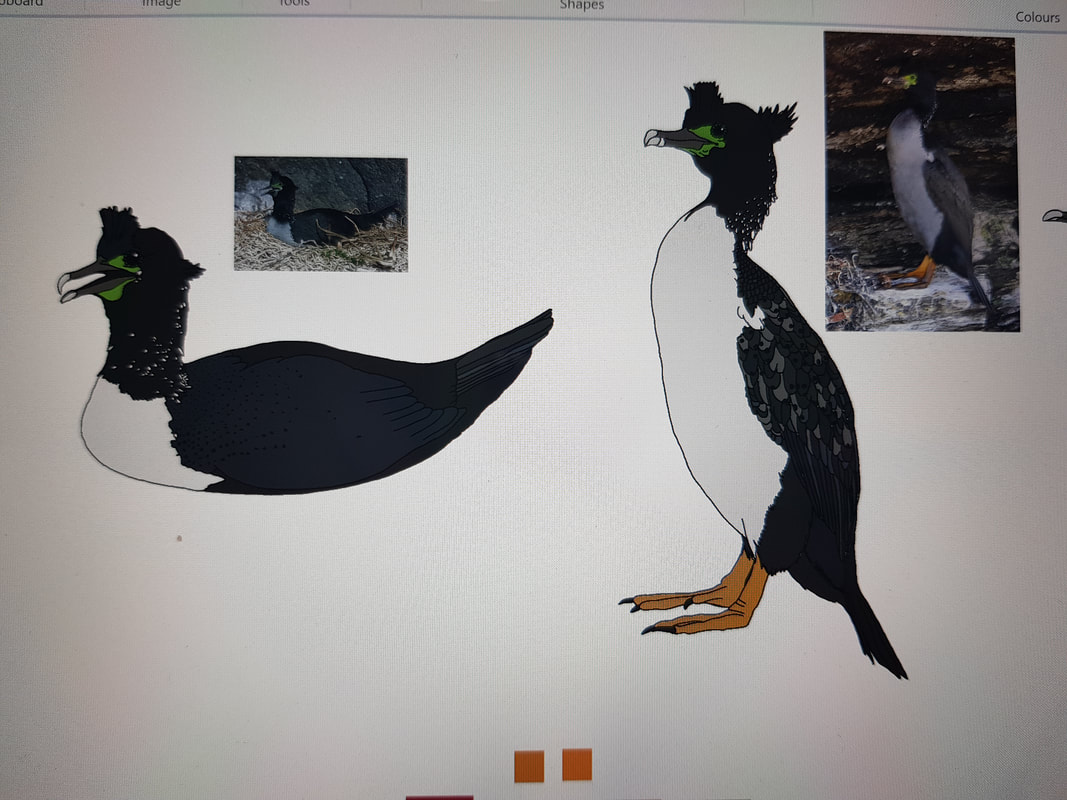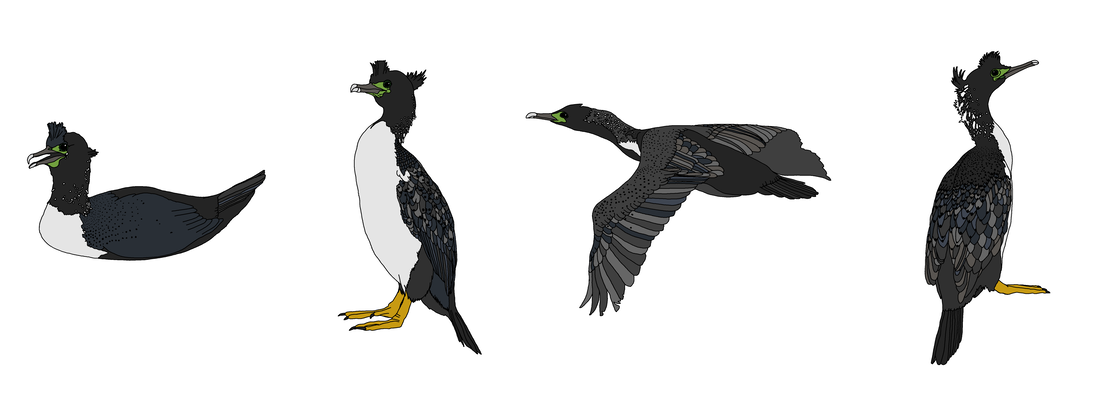Back to the Chatham Islands
Pitt Island is the second largest island in the Chatham Archipelago, New Zealand. It is called Rangiauria in Māori and Rangiaotea in Moriori.
Source:
Wikipedia
Source:
Wikipedia
We have seen several other species from the Chatham Islands in this series:
The Pitt Island shag is a critically endangered shag restricted to the Chatham Islands. As the only small slender grey shag with yellow feet in the islands, it is easily recognised. Despite its declining population, it can readily be found breeding and roosting in small groups along the rocky coast line throughout the group. It is a marine species that breeds and roosts on rocky headlands and offshore islets and within parts of the brackish Te Whanga Lagoon.
Source:
NZ Birds online
Source:
NZ Birds online
Shags and Cormorants
No consistent distinction exists between cormorants and shags. The names ‘cormorant’ and ‘shag’ were originally the common names of the two species of the family found in Great Britain, Phalacrocorax carbo (now referred to by ornithologists as the great cormorant) and P. aristotelis (the European shag). “Shag” refers to the bird’s crest, which the British forms of the great cormorant lack. As other species were encountered by English-speaking sailors and explorers elsewhere in the world, some were called cormorants and some shags, depending on whether they had crests or not. Sometimes the same species is called a cormorant in one part of the world and a shag in another, e.g., the great cormorant is called the black shag in New Zealand (the birds found in Australasia have a crest that is absent in European members of the species).
Source:
Wikipedia
Source:
Wikipedia
The Pitt Island Shag
A small, slender grey marine shag of the Chatham Islands, with yellow feet and a very slender bill. In breeding plumage it has a blackish head with a prominent double crest.
Source:
NZ Birds online
Source:
NZ Birds online
Time to draw
This bird puts on a show for breeding season, so I think I will draw it in all its finery, double crest and all.
This one required colours from several designs, which was fun to figure out.
And there we go – one quirky wee shag.

